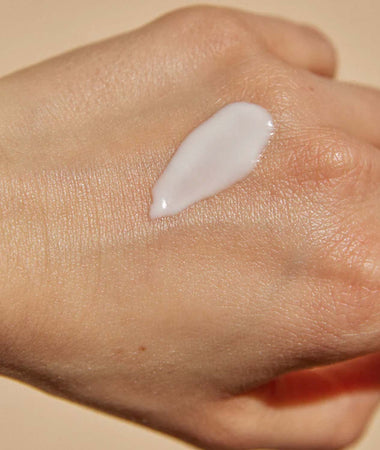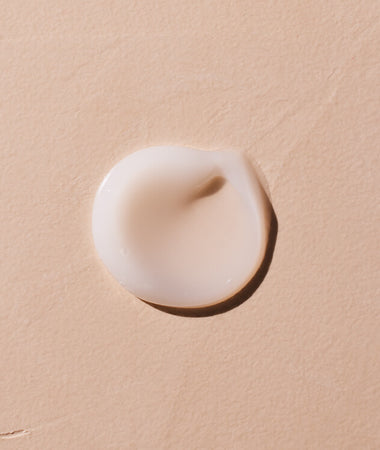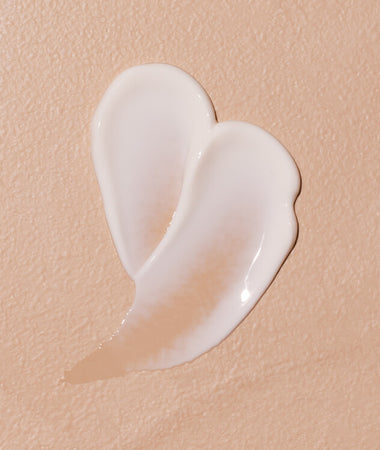
How To Dress Your Baby For Comfy, Cozy Sleep
Sleep can be hard to come by during the first few months with a new baby. So you want to do everything possible to make sure your little one is comfy when they finally drift off to dreamland. Learning how to dress your baby for sleep can make a big difference.
That's because what your baby wears to bed can play a major role in their comfort level and how well they sleep — and, in turn, how well you sleep!
To help maximize your baby's shut-eye, we’ve put together this guide on dressing your baby for sleep. But first, let’s look at why their nighttime clothing matters.
Table Of Contents
- Why What Your Baby Wears To Bed Matters
- How To Dress Baby For Sleep: Basic Rules
- Safe Sleep Guidelines
Why What Your Baby Wears To Bed Matters

You might not think what your baby wears to bed would make that much of a difference in their sleep. But the truth is it can have a pretty significant impact. Here’s why.
Temperature Control
A baby's temperature needs are different from an adult's. They can't regulate their body temperature, so they need your help to stay warm or cool enough throughout the night.
Comfort Level
It's no secret that being comfortable can help you sleep better. The same goes for your baby. They need clothing that's not too loose or too tight and doesn't have any irritating tags or seams.
Their bedtime outfit should also allow them to move freely to get into their favorite sleep position. If it’s too restricting, your little one might start to fuss simply because they can’t adjust enough to get comfortable.
Safety
What your baby wears to bed impacts their safety. For example, they could get tangled up and hurt themselves if they wear a loose garment, like a nightgown.
Buttons, zippers, and other closures on baby clothing can also pose a risk. If they're not secure, your baby could choke on them or get them caught on something in their crib.
How To Dress Baby For Sleep: Basic Rules
Now that you know why what your baby wears to bed matters, let’s examine some general guidelines for dressing babies for sleep.
One More Layer Than You
A good rule of thumb is to dress your baby in one more layer than you need to be comfortable. This helps keep them from getting too cold during the night.
Keeping this rule in mind can also help prevent overheating. For example, if it's a warm night, you aren't going to slip into a pair of heavy pajamas before bed. So, you shouldn't put a thick fleece sleeper on your baby.
Let your clothing be your guide. If you would be comfortable in a short-sleeved shirt and shorts, your baby probably doesn't need more than a diaper, a onesie, and a light sleep sack.
Check The Room Temperature
In addition to dressing your baby in one more layer than you, it's also important to check the room temperature. The ideal temperature for a nursery is between 68 and 72 degrees Fahrenheit.
You can use a thermometer to get an accurate temperature reading or simply judge it based on how comfortable you feel in the room.
Keep in mind that the temperature can fluctuate throughout the night, so if it’s going to get much colder or hotter while your baby is sleeping, adjust their clothing accordingly.
Use The Season As Your Guide
You can also use the season as a general guide for how to dress your baby for sleep. For example, in the winter, you'll want to ensure they have enough layers to keep them warm. This might include a onesie, footed pajamas, and a warm sleep sack.
In the summer, you'll want to focus on light, breathable fabrics that will help keep your baby cool. A cotton onesie and a lightweight sleep sack should be sufficient.
Of course, you'll still need to use your best judgment. Just because it's summer doesn't mean you won't get an unexpected cold snap. And even in the middle of winter, there will be some warmer days.
So think about what you’ll wear, and refer back to that if you’re struggling to dress your baby for bed one night.
Avoid Loose Or Unnecessary Articles Of Clothing
As we mentioned before, it's important to avoid loose articles of clothing at bedtime, such as nightgowns and robes. They could easily get tangled up and cause problems.
Instead, choose clothes that fit your baby well. They should be snug but not too tight, as this will help them stay comfortable and safe throughout the night.
We also recommend avoiding unnecessary accessories. For example, if an outfit comes with a hood, you might want to leave it off. The hood could easily cover your baby’s face and block their airway.
Instead, keep it simple. Think onesies, footed pajamas, and sleep sacks.
You can always dress your baby up in a cute outfit during the day. But, at bedtime, it's all about comfort and safety.
Focus On Functionality

There are some pretty adorable baby pajamas on the market these days. But just because an outfit is cute doesn't mean it's going to be practical.
When dressing your baby for sleep, always focus on functionality first.
The outfit should be comfortable and allow your baby to move freely, but it should also be easy to get on and off. When you're dealing with a dirty diaper in the middle of the night, the last thing you want is to fumble with a bunch of tiny buttons.
Opt For Breathable Fabrics
Some fabrics are more breathable than others. A breathable fabric will help regulate your baby's body temperature and prevent them from getting too hot at night.
Cotton is always a good choice. It's soft, comfortable, and breathable. That's why our Stelatopia Skin Soothing Pajamas are made from 100% cotton. They’re perfect for babies or toddlers with eczema-prone skin.
No matter your baby’s skin type, it's best to avoid synthetic fabrics, like polyester and nylon, at night. These materials can trap heat, which could make your baby overheat.
Stop Swaddling When It’s Time

Swaddling can be helpful when your baby is first born. This practice keeps them warm and prevents them from flailing their arms and legs, a regular part of your infant’s startle reflex.
But swaddling has risks, especially if you keep up the practice for too long or do it incorrectly. For instance, if your baby's legs are straight and next to each other when you swaddle them up tightly, it can cause hip dysplasia.
And if your baby tries to roll while swaddled, the blanket can come loose and cover their face, causing them to suffocate. That's why it's so important to stop swaddling your baby once they start to roll over.
Typically, this happens between two and four months old. But every baby is different, so it's best to keep an eye on your little one and stop swaddling as soon as they show signs of rolling.
Safe Sleep Guidelines
No matter how you dress your baby for sleep, it's crucial to follow the safe sleep guidelines from the American Academy of Pediatrics.
To keep your baby safe all night long, put them to sleep in the correct position. “Back to sleep” is the number one rule regarding safe sleep for babies. If they're on their stomach, they can bury their face in the mattress and block their airway.
To prevent suffocation, you should also use a firm mattress and make sure there's nothing in the crib except for your baby and a tight-fitting sheet.
If your cute baby crib bedding set came with a bumper, take it out. The same goes for other loose items in the crib, like toys, blankets, and pillows. These items can increase the risk of SIDS, so they’re not worth it.
If it's chilly and you think your baby needs some extra warmth, opt for a wearable blanket instead of a loose one. These sleep sacks fit snugly around your baby's body so there's no risk of them getting tangled up or covering their face.
Sleep sacks also come in heavy and lightweight fabrics, so you can use them year-round. Just pick one appropriate for the temperature in your baby's room.
Now You Know How To Dress Baby For Sleep!

Getting your baby to sleep more at night can be challenging; there’s no denying that. But, hopefully, these tips on how to dress your baby for sleep will help you both get a bit more shut-eye.
Remember, comfort is key. So, dress your baby in soft, breathable fabrics. And if your little one has eczema-prone skin, our Stelatopia Skin Soothing Pajamas are a great choice!
But no matter what they wear, always put your baby to sleep on their back and make sure the crib is clear of any loose items. And, last but not least, enjoy those precious nighttime snuggles! Your baby won’t be a baby forever.
- reg.
- $28.00
- Sale price
-
$28.00
- reg.
-
reg.
- Unit price
- /per
- reg.
- $16.00
- Sale price
-
$16.00
- reg.
-
reg.
- Unit price
- /per
- reg.
- $23.00
- Sale price
-
$23.00
- reg.
-
reg.
- Unit price
- /per
Suggested Articles
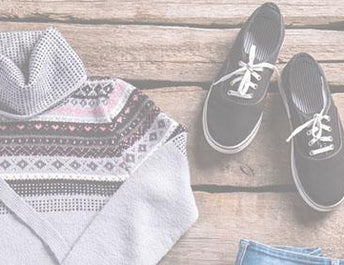
6 Tips For Finding The Best Maternity Clothes
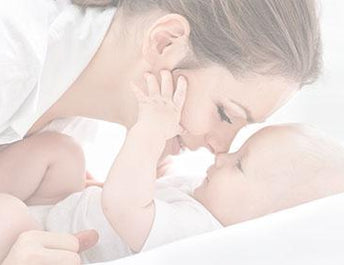
7 Breastfeeding Myths & Realities

The Best Postpartum Care Plan For New Mothers
Get tips, news
and exclusive offers


